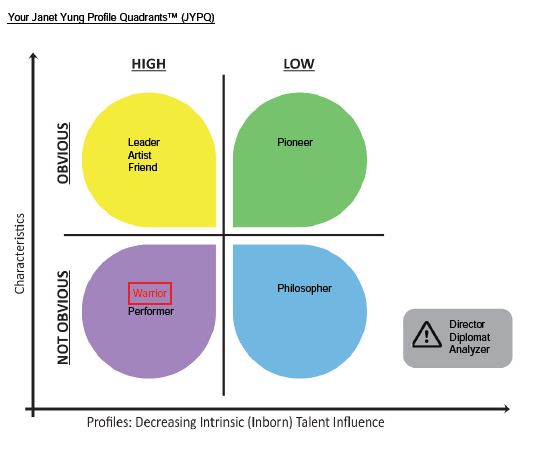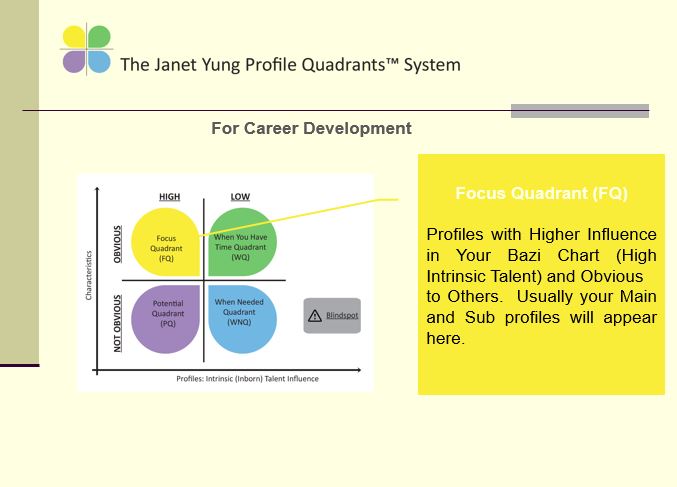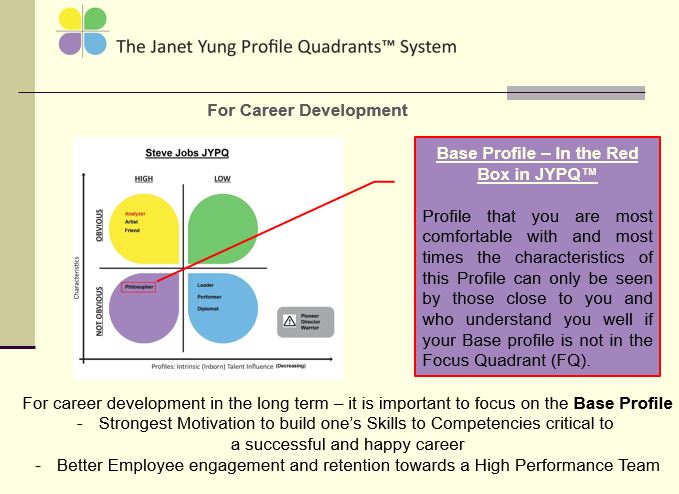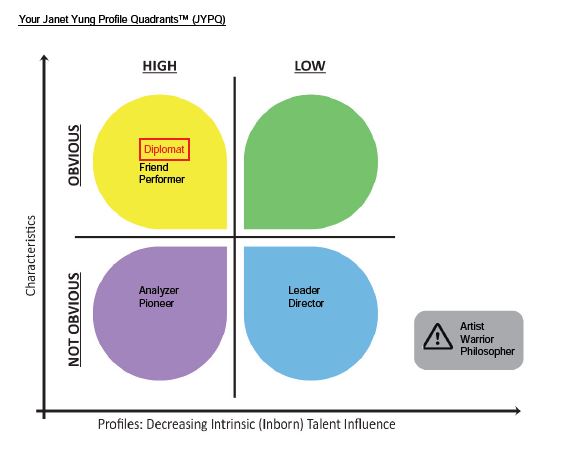“You must first be who you really are,
then do what you need to do,
in order to have what you want.”
Do you agree with the above statement? There is the perception of who we are and there’s the reality of who we really are. In a previous article “Why Don’t They Understand Me?“, I wrote about how each of us are multi-faceted and that it takes time to “peel-off” the layers before others will understand us. Just like the picture of the onion shown below, most times, our colleagues, bosses, peers and acquaintances will see the outer layers which form their perception of us.

Often times, we get frustrated at work or at home when we are misunderstood or when we’re heading in a direction (especially when it’s in career development), different from the one that we intended or would like to head towards. Why is this the case? There can be multiple reasons: economic situation, family commitments, work opportunities that have been given to us, etc.
One of the key reasons, especially if you are performing well in a current job role, can be explained through the JYPQ™ chart below:


In the JYPQ™ chart (your basic intrinsic personality), the profiles that are in the yellow quadrant indicate inborn characteristics (profiles) that are obvious and have a higher influence on you. The traits of these profiles will usually be what others will see as your strengths and skill sets (unless you’re going through or have gone through a different experience cycle that altered this perception). It is thus not surprising if you are given roles, responsibilities related to those profiles in this “yellow” quadrant.
In the example above, it will be roles related to being a Leader (inspiring and guiding others), Artist (being creative and coming up with ideas or plans) and Friend (working together with others in a team). By focusing on building the skill sets to become competencies related to these profiles, it is easy to become successful as these are strengths that are obvious to your superiors and colleagues and you will be given opportunities to excel in them.
Next comes the question, will you be happy performing roles related to these profiles in the long term?
In the chart above, you will notice that there is a profile that is in a rectangular box. This is what we term the “Base Profile”. This Base Profile is the profile that you are the most comfortable with. In the long term, you will be the most motivated and happiest performing job roles or building competencies related to this Base Profile.

In the examples given above, both the “Warrior” and “Philosopher” profiles in the red rectangular boxes are in the “purple” not obvious but high influence quadrant. This would mean that the persons involved will have to voice out their preferences and “shout out” to their superiors that they are keen to explore opportunities to build their skill sets in the areas related to their “Base Profile” as it will not be immediately noticeable.
Comparatively, it will be easier for the person with the JYPQ™ chart below to pursue the roles that he/she is most motivated in as their “Base Profile- Diplomat” is in the “Yellow” quadrant.

Thank you for taking time to read this post. Tune in next time to read more articles about how you can better manage yourself to be happy and successful. If you would like to know more about yourself and others’ perception of you, you can download the Free PATHS™ mobile app at both Google Play and App Store.
Watch this short 1 min video about the PATHS™ mobile app.





